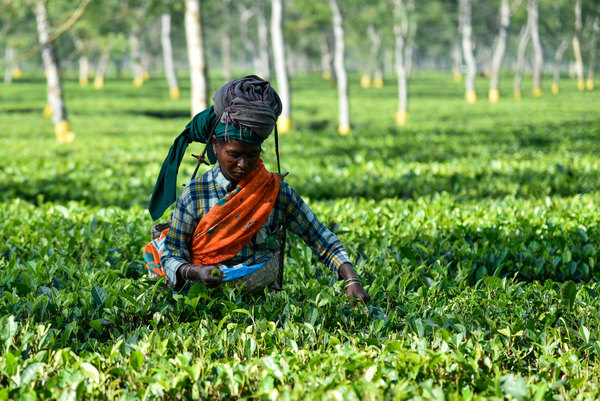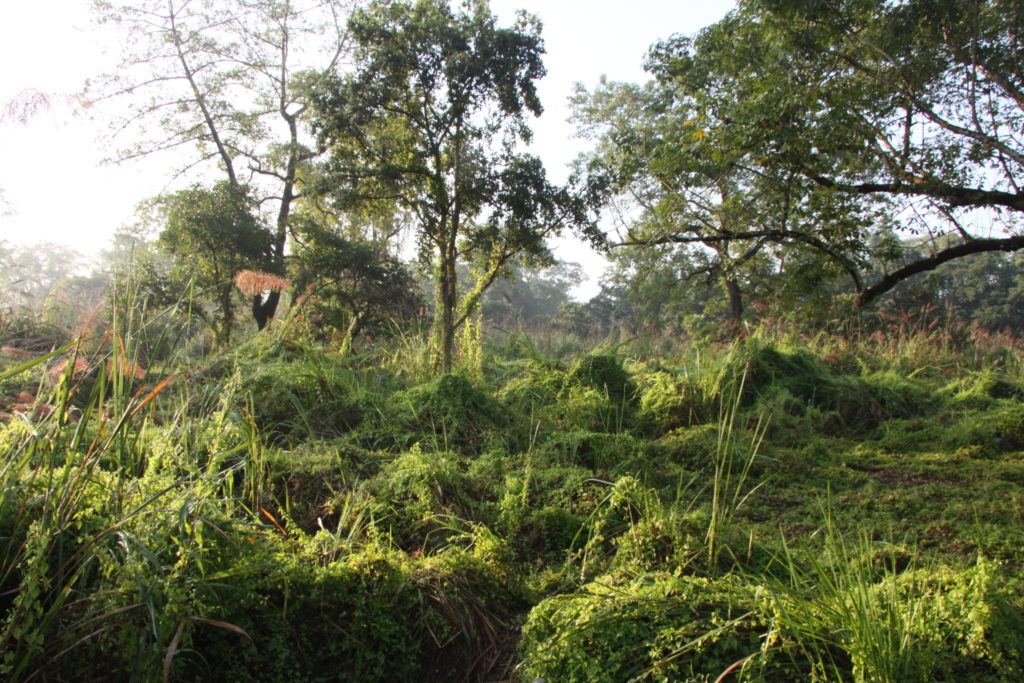Invasive species: the threat to human health
The damage that invasive species can cause to the environment and the economy are well known, but impacts on human health have been much less analysed. However, invasive species can cause impacts ranging from psychological effects, phobias, discomfort and nuisance to allergies, poisoning, bites, disease and even death. Invasives experts Giuseppe Mazza and Elena Tricarico…
Why biological control is an important tool to manage problematic invasive species in Europe
Over the last few years, biological invasions have become a regular topic in the news. Today the general public is probably better informed about the negative environmental and economic impacts alien invasive species can cause than ever before. However, concern about invasive species and the search for methods to sustainably manage them has a much longer history, dating back to the 19th century
Invasive species, climate change and tourism impacts the greatest threats to natural World Heritage
A new report from the IUCN looks at conservation prospects, threats, protection and management of natural World Heritage sites. The IUCN World Heritage Outlook 2 summarises the key trends in the state of conservation of natural World Heritage sites, the threats and pressures they are facing, and the effectiveness of their protection and management. The…
Malaria incidence and invasive plants – is there a link?
25 April is World Malaria Day – a time to reflect on the steps we can take to tackle this terrible disease. Much progress has been made in the fight against malaria over the past 15 years, like the use of bed nets impregnated with pesticides, but 3.2 billion people are still at risk. If…
Invasive Mikania weed threatens people’s livelihoods and endangered iconic species
22 May 2015 is Biodiversity Day. Non-native invasive species like Mikania can detrimentally affect biodiversity – natural habitats and the people and animals that live in them. CABI’s Sean Murphy explains why. Mikania (Mikania micrantha) is a tropical vine which is native to the Americas. Often referred to as the ‘Mile-a-Minute Weed,’…
The urgent need for evidence based policy in invasive species management
Hundreds of invasive species experts gathered last week, 23-27 October, in Qingdao China at the 2nd International Congress on Biological Invasions. High on the agenda was how policy makers can respond to the accelerating risk posed by invasive species as international trade increases and climate change opens up new opportunities for invasion. In a session…
New urban invasives report launched with CABI contributions
Highly invasive Japanese knotweed (Fallopia japonica) growing in High Wycombe, UK Contributed by Esther Gerber, CABI Switzerland Last week in Gland, Switzerland, a meeting was held on the threat of urban ecosystems titled ‘Invasive Alien species: the Urban Dimension.” During the meeting, a representative of the European Commission announced a series of upcoming…
One of our invasive species in the mainstream media
Picture: ©Muséum de Toulouse/Didier Descouens-2013. CC BY-SA 3.0 Some of the species that are included in our open-access Invasive Species Compendium are well known to the general public, for example Japanese Knotweed. Others are more obscure, and I had never heard of the Asian Hornet, Vespa velutina, until I edited the datasheet about it earlier…
Open up! Open ways of dealing with invasive species
I recently attended a conference on the theme of ‘rigour and openness in 21st century science’. The conference focussed on perhaps the biggest buzzword in current science: open access. Specifically, how can open access be embraced without risking the standards and rigour that are so important to scientific enquiry?



